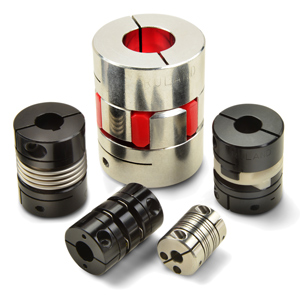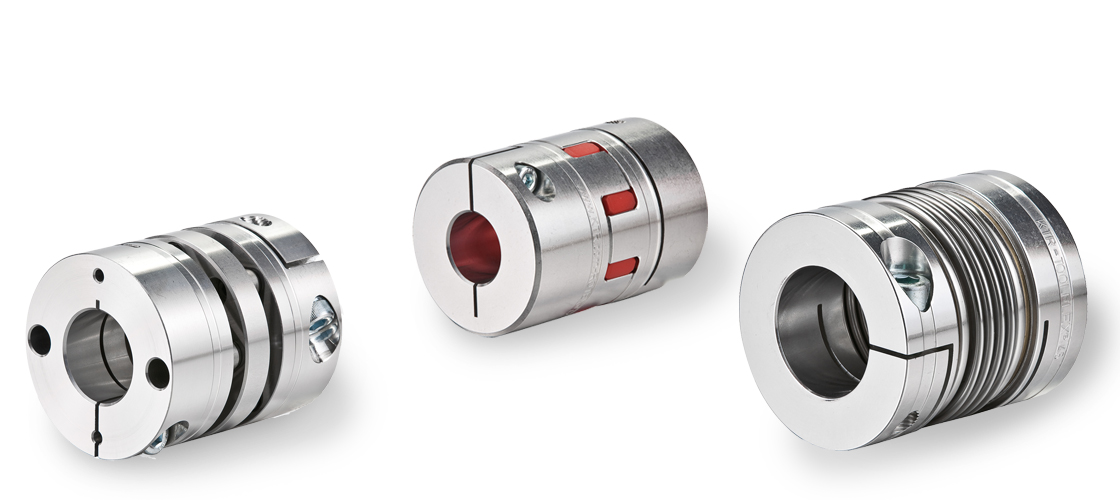Product Description
|
Product Name |
Universal Coupling For Printing Machine Servo Shaft Coupling Electric Motor |
|
Material |
Aluminum alloy,stainless steel,brass |
|
Surface treatment |
Natural color anode |
|
Customized service |
Support light customization and logo customization |
|
Remarks |
The default engraving brand name and size of the product. If you need not engraving, please contact the customer service for comments |
| Packaging Details | Carton box with anti-static package,carton plus with wooden case. |
| Main Products | Shaft Parts, Timing Belt Pulley, Gears, CNC Machining Parts, Sheet Metal Fabrication |
| Certifications(2) | ISO9001:2015, IPMS |
| Applicable Industries | Building Material Shops, Manufacturing Plant, Food & Beverage Factory, Farms |
| Supply Ability | 100000 Piece/Pieces per Month |
| Dimension | oem provided |
| Surface finish | anodized |
| Lead Time | 25 days |
| Application | Furniture,cabinet |
| Custom | OEM and ODM services are welcome,we can make cutom LOGO and products according to customer’s requests. |
| Quality control Our | Finished product inspection,Warranty available |
| service | Swiss machining;deburring;lathe/turning;5 axis;micromachining |
| Color |
silver,gold,black,red,bulue,and according to the customer requests. |
/* January 22, 2571 19:08:37 */!function(){function s(e,r){var a,o={};try{e&&e.split(“,”).forEach(function(e,t){e&&(a=e.match(/(.*?):(.*)$/))&&1

Accommodating Varying Torque and Speed Requirements with Servo Couplings
Servo couplings are versatile components designed to accommodate varying torque and speed requirements in different applications. Their ability to transmit torque while compensating for misalignment makes them suitable for a wide range of motion control systems. Here’s how servo couplings can accommodate varying torque and speed requirements:
- Torque Capacity:
Servo couplings come in various designs and materials, each with its unique torque capacity. By selecting the appropriate coupling type and material, you can match the coupling’s torque capacity to the requirements of the application. For higher torque applications, steel or stainless-steel couplings are preferred, while aluminum or plastic couplings may suffice for lower torque applications.
- Misalignment Compensation:
In motion control systems, shaft misalignment can occur due to various factors. Servo couplings can compensate for angular, parallel, and axial misalignments, ensuring smooth operation even when the shafts are not perfectly aligned. This feature helps prevent excessive stress on the coupling and the connected components, making them suitable for applications with varying misalignment conditions.
- Dynamic Response:
High-speed motion control systems often require a coupling with excellent dynamic response characteristics. Flexible couplings, such as bellows or elastomeric couplings, can handle rapid changes in speed and direction, providing the necessary flexibility for dynamic applications.
- Damping and Vibration:
Some applications may experience vibrations or shocks during operation. Servo couplings made of materials like elastomers or plastics can act as vibration dampeners, reducing the impact of shocks and vibrations on the system.
- Customization:
In certain cases, off-the-shelf servo couplings may not fully meet the specific torque and speed requirements of a particular application. In such situations, manufacturers may offer customized servo couplings tailored to the application’s needs, providing a solution that precisely matches the system’s requirements.
Overall, servo couplings are designed to be adaptable and flexible, making them suitable for a wide variety of torque and speed requirements in different motion control applications. Proper selection and installation of the right type of servo coupling can significantly contribute to the overall efficiency, performance, and longevity of the motion control system.

Maintenance Practices to Prolong the Life of Servo Couplings
Regular maintenance is essential to ensure the longevity and optimal performance of servo couplings. Here are some maintenance practices that should be followed:
- Visual Inspection: Perform periodic visual inspections of the servo coupling to check for signs of wear, damage, or misalignment. Look for cracks, corrosion, or any other abnormalities that may affect the coupling’s performance.
- Lubrication: If the servo coupling requires lubrication, follow the manufacturer’s recommendations for the appropriate lubricant type and interval. Proper lubrication helps reduce friction, wear, and heat generation, extending the coupling’s lifespan.
- Torque Checks: Periodically check the torque of the coupling fasteners to ensure they are properly tightened. Loose fasteners can lead to misalignment and premature wear.
- Alignment Verification: Verify the alignment of the servo coupling and correct any misalignments. Proper alignment ensures efficient power transmission and reduces unnecessary stress on the components.
- Environmental Protection: Protect the servo coupling from environmental factors that can cause damage, such as dust, moisture, and chemicals. Consider using protective covers or seals if the application requires it.
- Load Analysis: Regularly analyze the loads on the servo coupling to ensure it is operating within its rated capacity. Avoid subjecting the coupling to excessive loads that could lead to premature failure.
- Operating Conditions: Monitor and maintain the operating conditions within the recommended parameters. High temperatures, excessive vibrations, or rapid temperature changes can adversely affect the coupling’s performance.
- Replacement Schedule: Establish a replacement schedule based on the manufacturer’s recommendations and the servo coupling’s expected service life. Replace the coupling when it reaches the end of its useful life to prevent unexpected failures.
- Proper Handling: Ensure proper handling during installation, maintenance, and removal. Avoid applying excessive force or shock that could damage the coupling.
- Training: Provide training to maintenance personnel on the proper procedures for handling and maintaining the servo couplings. Properly trained staff can identify potential issues and take appropriate actions to prevent damage.
By adhering to these maintenance practices, servo couplings can operate at their best, providing reliable and efficient motion control while extending their service life.

What is a Servo Coupling, and Its Role in Servo Motor Systems
A servo coupling is a specialized type of coupling used in servo motor systems to connect the servo motor shaft to the driven load. Servo motor systems are widely used in various industries for precise motion control applications, where accuracy, speed, and torque control are crucial. The servo coupling plays a vital role in ensuring the efficient transfer of motion and torque from the servo motor to the driven load while compensating for misalignments between the motor and load shafts.
The main functions and role of a servo coupling in a servo motor system are as follows:
- Motion Transmission: The primary function of a servo coupling is to transmit motion from the shaft of the servo motor to the load. It connects the motor shaft to the driven load, such as a ball screw, gearbox, or another mechanical component, enabling the motor to drive and control the motion of the load precisely.
- Torque Transmission: In addition to motion, the servo coupling also transfers torque from the motor to the load. As the servo motor generates rotational force (torque), the coupling efficiently transmits this torque to the driven load, allowing it to perform its intended motion with the required force.
- Misalignment Compensation: Perfect alignment between the servo motor shaft and the load shaft is challenging to achieve in real-world applications. Any misalignment can cause detrimental effects, including increased wear, reduced performance, and premature failure. The servo coupling acts as a flexible element that can compensate for various types of misalignments, such as angular, parallel, and axial misalignments. This flexibility helps to maintain smooth and efficient power transmission even when the motor and load are not perfectly aligned.
- Damping of Vibrations: Servo motor systems often operate at high speeds and with rapid changes in direction. These dynamic movements can generate vibrations that may adversely affect the performance and lifespan of the system. A well-designed servo coupling can dampen these vibrations, providing a more stable and controlled motion to the load, reducing the risk of damage or inaccuracies.
- Backlash Minimization: Backlash refers to the play or gap between the teeth or components of the coupling when the direction of motion is reversed. Excessive backlash can result in lost motion and reduced precision. High-quality servo couplings are engineered to minimize backlash, ensuring accurate bidirectional motion control in the servo motor system.
Overall, a properly selected and installed servo coupling enhances the performance, efficiency, and reliability of servo motor systems. It protects sensitive components, such as bearings and motors, from excessive loads and vibrations, leading to extended equipment life and improved motion control capabilities.


editor by CX 2024-03-15
